I grew up not far from the remote village of Ashton, in Northamptonshire, England, a tiny place which today is home to some 50 people. The village was created around the turn of the last century by Lord Rothschild who built cottages for the people who worked on his nearby estate.
Ashton is famous for its annual World Conker Championship, as well as a horrific murder that is steeped in the local folklore and still to this day the subject of much speculation and discussion around dinner tables and in local drinking establishments. It was always thought that there may one day be a ‘deathbed confession’, but now that over 67 years have passed this is looking more and more unlikely.
Back in 1952 married couple George and Lillian Peach lived in a secluded and quaint thatched cottage on the edge of the village known as ‘West Lodge’. They had moved to Ashton from Fotheringhay in 1946, and George worked on the estate as a gamekeeper/handyman. He was 64 years of age and his wife Lilian was 67. The couple were well liked in the small community which at the time numbered just 32 people.
On Friday 24th October 1952 George finished work with his friend Walter Brundell and was last seen heading up the quiet lane towards home. Lilian was seen hanging out washing at around 5pm, and these were the last known sightings of the couple. The next morning Lawrence Wright arrived at West Lodge to deliver their Sunday roast. After knocking on both the front and the back doors and getting no reply, he decided to leave the meat at the village pub, the Three Horseshoes. The landlord there, a Frank Slater had already heard that George had failed to arrive at work that morning. Because this was unusual he decided to go to the farm manager’s office at Chapel Farm to make enquiries. The manager had heard no word from George to say he was ill and so he sent his secretary along with Frank slater to the Peach’s cottage.
Once there, he managed to gain access through the front door which was unlocked. Upstairs he found Lilian Peach covered in blood, unconscious and barely alive on her bed. Slater ran from the cottage, back to Chapel Farm where there was a telephone, and rang the Police. The estate chauffeur was a local ‘first aider’ and returned with Slater to West Lodge. On further examination of the property they discovered that the rear bedroom door was locked. The chauffeur forced open the door and found George Peach, with the left side of his head soaked in blood, lying dead on his bed. Rigor mortis had set in, so presumably he had been dead for some time. Interestingly, the key to the bedroom door was never found.
At around 11am, the local doctor arrived and pronounced George dead and arranged for Lilian to be immediately transferred to Peterborough Hospital. The doctor was closely followed by Inspector Harold Peel and Constable Moriarty of the Northamptonshire Constabulary. Upon their inspection they discovered that a pantry window at the rear of the cottage was open, and one of the lead panes was missing. Other than this, which was surmised to be the entry point, there was no other sign of disturbance within the cottage.
The area was immediately sealed off as a crime scene, and other more senior officers began to arrive to start the investigation. The whole village was in shock as the news spread of such a vicious crime in their midst. There was just a single dusty lane in and out of Ashton, and no one had noticed a stranger in the area the day before. At 7.45pm that evening Lilian Peach died in hospital, having never regained consciousness. It was at this point, with a double murder on their hands that the local police requested the presence of Scotland Yard detectives. They duly arrived from London at 11pm and set up an incident room at nearby Oundle Police Station.
The Peaches had a son called Jack who lived and worked in Staines, Middlesex. Police officers arrived at his home late in the evening to break the news of his parents’ murder. It was soon established that Jack had last seen them in August 1952 when they had visited him in Staines for a few days. Now he had the sad task of travelling to Northamptonshire to identify their bodies in the morgue in Oundle.
Post mortems on George and Lilian were carried out by Professor J. M. Webster of the Forensic Science Laboratory in Birmingham. His findings were that in his opinion they had both been attacked with a hammer, with George sustaining heavy blows to the head and neck, resulting in a fractured skull. Lilian had fought hard with her attacker, suffering many more blows and defensive wounds to her hands and right arm. Webster estimated the time of death for George to be between 1 and 2am on the morning of Saturday 25th October.
Scotland Yard detectives made prompt enquiries amongst all the villagers. Enquiries soon revealed that George had been paid on the Friday and that all the money, a sum of £9 13 shillings and sixpence was missing. At the same time around 30 local constables were carrying out an extensive search for the murder weapon. Nothing was located, and the police found themselves at a dead end until 1st November when a Mrs Marsh of Chapel Farm House in Ashton phoned the police. She had discovered a bloodstained hammer in the cabbage patch of her garden. Superintendent Wilfred Tarr of Scotland Yard rushed to her home, which was 600 yards from West Lodge. The coal hammer in question was presumed to be the murder weapon.
Detectives followed many lines of enquiry over the following weeks, including interviewing Polish workers in the village of Polebrook, as well as US Airforce personnel based at a nearby aerodrome in Molesworth. Between 500 and 1000 local people from the surrounding villages were also questioned as well as fingerprints being taken in an attempt to match one found on the beading around the pantry window. Enquiries were also made about the reports of suspicious men at Peterborough Railway Station and of a woman who was trying to hitch a lift away from the Oundle area by flagging down a lorry. Nothing ever came of any reported suspicions and the murders remained unsolved.
On 13th November there was a minor breakthrough in the case when Detective Constable Lovell from Wellingborough found a small flapover style purse on a grass bank on the road leading out of Ashton, close to the farm manager’s garden wall. This was about 800 yards from West Lodge and just 125 yards from where the hammer had been found just a fortnight before. The purse was identified as having belonged to Lilian Peach. It was now believed that both the hammer and the purse had been dumped after the initial searches had taken place. The implication was that this was possibly the actions of someone who had no means of leaving the village to dispose of evidence. In rural communities such as Ashton in the fifties, many people had no transport and lived their whole life in a small radius. Suspicions were now turned towards the villagers themselves and away from the foreigners and strangers who had been the previous focus.
The local press were leading with headlines that the police had narrowed down a list of suspects to just 5 men, but it is thought that this was pure speculation. The tyre and bicycle tracks leading to and from West Lodge had already been identified as local vehicles used by local people. Suddenly attitudes changed. Where previously the small community had been eager to help and assist the investigation, they now turned their suspicions towards each other. Some spoke to the local newspaper expressing their fears that the killer was living amongst them and Superintendent Tarr himself was quoted as saying that “the murder may have been committed by someone living locally, as there is no definite proof to the contrary” Doors were now locked at all times and several arguments and physical fights broke out as people became paranoid and suspicious of their friends and neighbours.
George and Lilian Peach were buried in the graveyard of Fotheringhay Church where they had married, with hundreds of people in attendance, and soon afterwards the Scotland Yard detectives returned to London having exhausted all lines of enquiry. The case was shelved, and so it remained until almost 4 years later when Scotland Yard received an anonymous phone call on 4th October 1956. The caller suggested that a man who was working on the fairground in Tottenham, London, knew details about an unsolved murder in Northamptonshire 4 years previously.
The police arrived en masse at the fairground and took the fingerprints of the 80 men who were found onsite. It was also recalled that a similar funfair was in Wellingborough, not too far from Ashton at the time of the murders. Funfairs are usually the haunt of transient workers but sadly none of the fingerprints matched the one from the pantry window and no one admitted to being in the Wellingborough area in 1952. Once again the murder of George and Lilian Peach slipped into obscurity where it remains to this day.
Local people still often talk of the brutal murder of an innocent couple over half a century ago. I grew up listening to speculation from my grandparents and parents who all lived in a village not too far from Ashton. There is little doubt that George and Lilian Peach were murdered by someone they knew, as in 1952 a stranger in a place of just 32 people would have been noticed straight away. The killer had knowledge of the house and probably also knew that the estate workers had been paid that afternoon. If still alive, a potential murderer would be in his late eighties or nineties by now. Is it too late for that deathbed confession and justice for George and Lilian Peach who were brutally murdered for less than £10?
Sources:
Northamptonshire Evening Telegraph archives
Northamptonshire chronicle and Echo 17th October 2002
Northamptonshire Murders by P Harrison
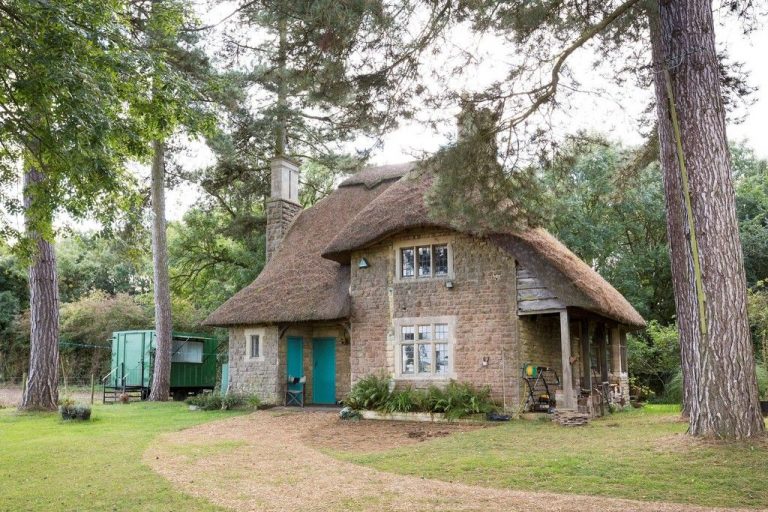
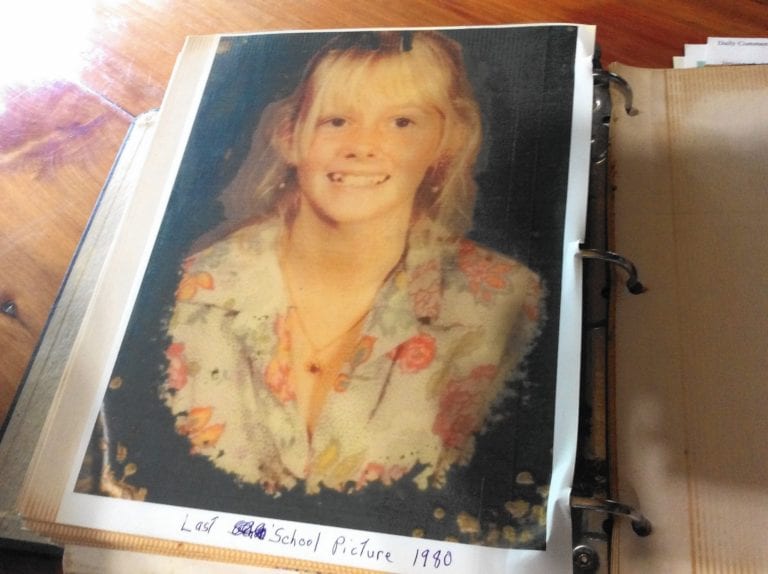
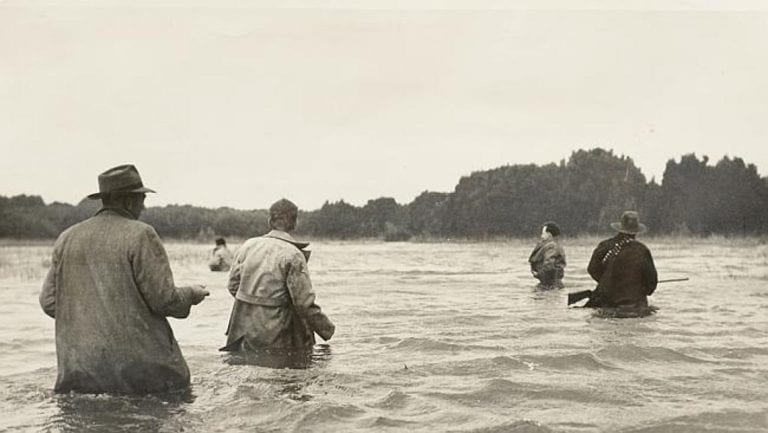

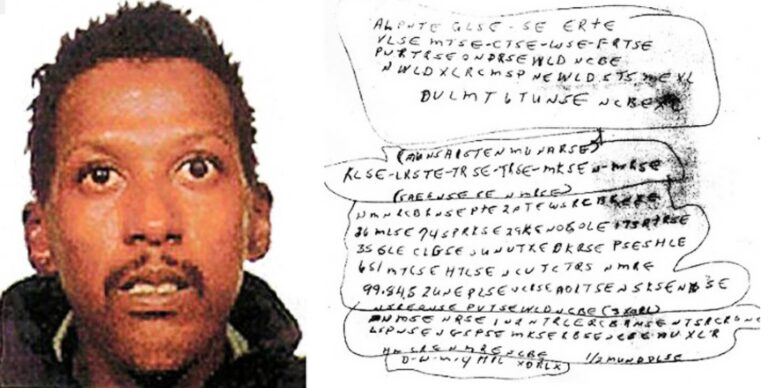
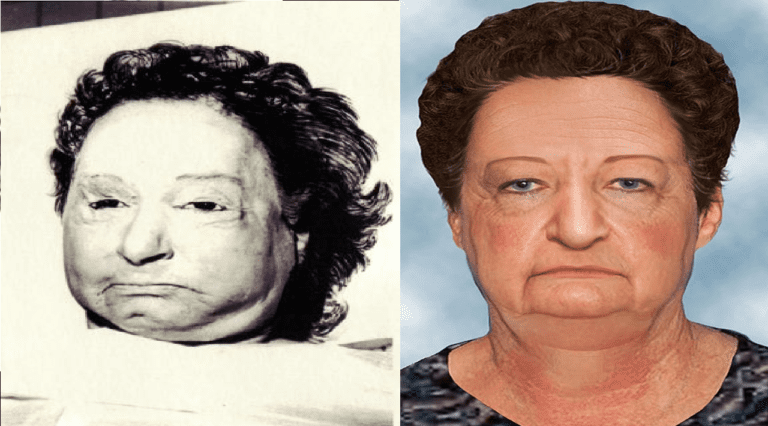

Comments:
How sad to kill an elderly couple for £10…. I don’t think this one will ever be solved.
Were all 32 inhabitants asked to give an alibi for their movements at the approximate time of the murders?
Yes. Routine police procedure was followed.
I would say another Estate worker did it